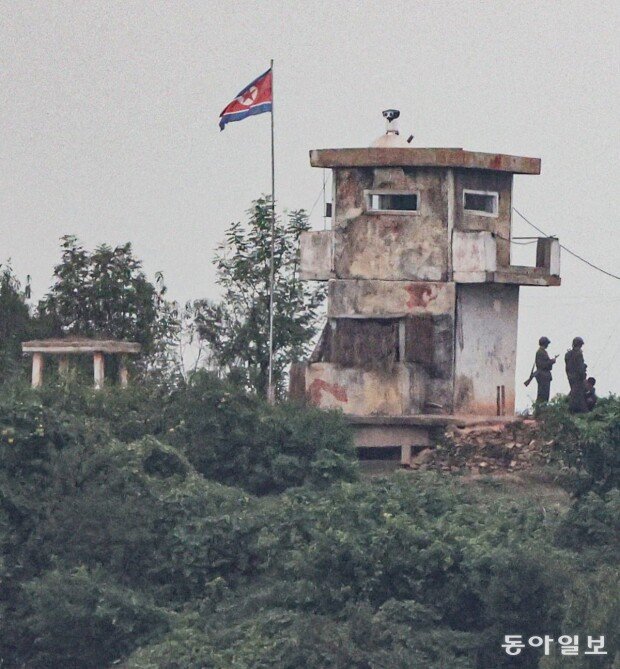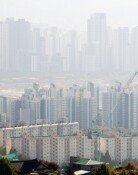N. Korea threatens Seoul region with long-range artillery
N. Korea threatens Seoul region with long-range artillery
Posted October. 15, 2024 08:27,
Updated October. 15, 2024 08:27

In response to North Korea’s announcement of deploying eight artillery brigades near the border to be fully ready to fire, the Joint Chiefs of Staff instructed subordinate units to strengthen their readiness for surveillance of North Korea and fire standby. The eight artillery brigades, which were mentioned by the North and deployed along the entire western and eastern armistice line, refer to about 570 pieces of long-range artillery targeting the South Korean capital. North Korea did not make a direct threat of firing long-range artillery even when it declared its total abandonment of the September 19 inter-Korean military agreement last November. “North Korea may launch a local provocation at any time,” a government source said, adding that the likelihood of inter-Korean conflict is the greatest since President Yoon Suk Yeol took office.
“The eight fully armed artillery brigades (mentioned by the North Korean military’s General Staff Department on Sunday night) are brigades deployed along the forward area,” Lee Sung-joon, chief of the Joint Chiefs of Staff’s public affairs office, said in a briefing on Monday. “The ‘operational preliminary order’ referred to by the North Korean military is a ‘readiness order,’ meaning that the artillery brigades should be fully equipped and ready to operate at any time,” a military official said.
“North Korea has launched internal crackdowns against a series of defection by creating an atmosphere where it can go to war at any time,” the official said. “It is also aimed at building up a pretext to blame the South Korean government for any future conflict.”
On Monday, the Joint Chiefs of Staff said that South Korean military surveillance captured footage of North Korea preparing to blow up the Gyeongui Line and Donghae Line roads (land routes) connecting the two Koreas. North Korean troops were seen gathered along the Gyeongui Line and Donghae Line roads, erecting large barriers and digging to lay explosives.
Hyo-Ju Son hjson@donga.com
Headline News
- Kim Jong Un: Negotiations with U.S. have gone to the limit
- Yoon’s support rating remains at 20% for two weeks in a row
- SEC chair known for cryptocurrency regulations announces resignation
- Medical student scores 398 on CSAT, signaling ‘applications for reach schools’
- Noh Kyung-eun to play up to three more years with SSG







